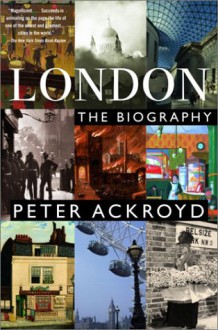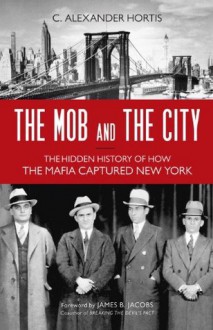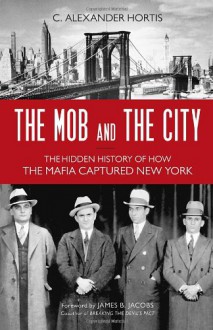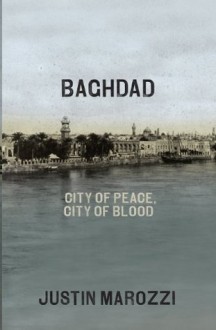These were all gotten as kindle freebies.
The best two are the one about Werewolves and the Catacombs because they offer the must in the terms of facts, and move beyond the general.
The other three aren't bad, but short, simple, and general.
These were all gotten as kindle freebies.
The best two are the one about Werewolves and the Catacombs because they offer the must in the terms of facts, and move beyond the general.
The other three aren't bad, but short, simple, and general.

It's a giggleworthy subject if you're in elementary school, but it's one that social historians find lots of er, material in - how people dealt with waste. And when you have a city the size of London that's a vast issue.
I'm afraid this will end up more than one post because wow, such material.
p 333
"...London memoranda in Samuel Pepys's words from Seething Lane: "Going down to my cellar, I put my foot in a great heap of turds, by which I find that Mr. Turners house of office is full and comes into my cellar."
Londoners are fascinated by excrement. ...in English of the same century [of Thomas More] homage was paid to human excrement with the nickname of "Sir-reverence." In the late twentieth century those quintessentially London artists, "Gilbert and George" of Spitalfields, arranged large exhibitions of their Shit Paintings."
And for more on those artists:
Gilbert and George: Everyone Said We Wouldn't Last
Telegraph, 7 Jul 2014
"...Although Gilbert and George may be very clean, their art is not clean at all. Over the years they have made pictures featuring sperm; urine; penises – their own; faeces – again, their own; and pubic lice. It’s odd to think of their collectors – who often pay in excess of £1 million for one of their pictures – sitting in some chichi Manhattan apartment with one of their enormous turd pictures on the wall."
Oh and the toilet WAS the trash can for everything - ponder your own trash use with that in mind, especially thinking about what throwing out the weekly trash would mean.
p 334
"In the period when Pepys was complaining about the substances in his cellar, the privy was being used in most households for kitchen and domestic as well as human refuse."
I always love how this is rarely if ever covered in romance or history novels - the people wearing lovely satins and silks at diner would retire to the next room and pee in a corner. Hopefully in a container - but not always, sometimes literally on the floor in a corner, or in the fireplace. All male groups at dinner would often just use a pot brought in a room while the rest continued to eat and talk. And of course public lavatories were long board benches with holes where you'd sit right next to someone and do what you needed to. It wasn't just a rich/poor thing - the rich weren't really more hygenic or careful.
Now that last bit I didn't get just from this book at all - but annoyingly I can't remember which couple of books I culled it from. Sadly there's no big book of poo in history I can recommend - and er, I think I'll wait til after lunch to google...
 "The Mob and the City: The Hidden History of How the Mafia Captured New York" chronicles the New York Mafia from the 1920s, through the 1950s. Like others have mentioned. The research involved with writing this book was astounding. The last half of The Mob and The City" was literally taken over by the pages listing the extensive annotations and notes for those who wish to do further research. All in all this was a really good book. It starts out slow, but quickly gains steam and moves along nicely. Anyone who has a serious interest in the research of organized crime should read this book. After I was finished reading this book it kept me with wanting more. Needless to say I HIGHLY recommend that you read it if your into mafia related true crime books.
"The Mob and the City: The Hidden History of How the Mafia Captured New York" chronicles the New York Mafia from the 1920s, through the 1950s. Like others have mentioned. The research involved with writing this book was astounding. The last half of The Mob and The City" was literally taken over by the pages listing the extensive annotations and notes for those who wish to do further research. All in all this was a really good book. It starts out slow, but quickly gains steam and moves along nicely. Anyone who has a serious interest in the research of organized crime should read this book. After I was finished reading this book it kept me with wanting more. Needless to say I HIGHLY recommend that you read it if your into mafia related true crime books.

I put this book down after the very first couple of chapters for having one of the least consistent narrative through-lines I've ever seen in a nonfiction book. Why is there a large-font header break every three paragraphs? (Not an exaggeration, I swear. It's totally inexplicable.) Why is it never clear what year we're in, or how the chronology is progressing or reversing, as it often appears to do? Why does every name presented feel like a ghost, rather than a detailed figure with a biography and a personality?
The book presents itself as a counterpoint to decades of mob mythologizing and inaccurate history: since it depends on supposedly understudied primary sources, I was expecting to see some of that material in the text. Maybe the author just wrote the shittiest intro ever, and the rest of the book is stellar? I can't even bring myself to care enough to check the final chapters. I was excited about this book and the subject -- I love contrarian histories, I really do -- but all I'm left with is a deep disappointment. DNF.

Disclaimer: ARC via Netgalley.
Peter Ackroyd wrote the best biography of a city in his London. It is a magnificent, unsurpassable prose poem to a famous city. In some ways, Ackroyd had it easy. After all, despite Boudicca, the Great Fire, and the Blitz, London stands; it has been rebuilt, but it always stands.
Baghdad doesn’t quite stand the same way it used to.
Justin Marozzi’s book is a history of famed city that has fallen on harsh and violent times. While Marozzi’s work isn’t quite the prose poem of Ackroyd’s London Trilogy (London, The Thames, London Under), it comes very, very close when writing about booksellers or Rashid Street for instance.
This isn’t really Marozzi’s fault. It must difficult, if not impossible, to write a prose love poem that will also have to cover what Hussein did as well as the two Iraq Wars and the build up to the current conflict. While Marozzi cannot for obvious reasons deal with the current Iraq situation, he does cover underlying issues that are coming to light – the religious conflicts among others.
Marozzi traces the city from its founding to the aftermath of Gulf War II. In many ways, Baghdad does seem to constantly be the city of the title – of peace and blood. The blood comes early, not just recently (though the hardest parts of the book, the most unnerving have to do with the modern era), for some of the early rulers had a tendency to be Bluebeard before Bluebeard. It does raise the question of another source for the Bluebeard tale. The locked door even plays a part in the story.
There are some interesting facts, like the treatment of the Jewish population post-WW II, but overall what the book does, perhaps unintentionally, is though a description of a city make the current crisis in Iraq not understandable but seen as part of a boarder and large canvas, something that few, if any, American news outlets take the time to do.
This isn’t to say that the book is all heavy going. Much time is spent on the description of Baghdad as a center of learning, introducing the reader to writers and artists as well as rulers who founded them. Less time is spent on women, but Marozzi takes the time to explain why women are not as evident in the historical record, and describes in details several of the women who escape this trend for a variety of reasons. This includes not only members of the harem, but also prostitutes, one of whom was pulled though the streets by a man who blew raspberries. Western women, like Gertrude Bell, make appearances, and some of the most moving passages of the book have to do with the grave of Bell.
Marozzi might lack the poetry of that Ackroyd possesses when writing about London, but Marozzi’s passion for a city that today is only known for violence comes though quite strongly. At the very least, this book will deepen your knowledge of Baghdad and regret that visiting it is so out of reach at the moment and perhaps forever.